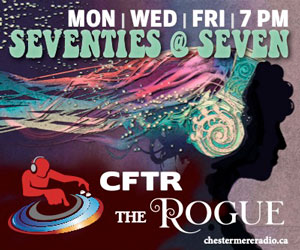With global supply chains in chaos, and the impending sixth wave soon to ramp up, I decided to stock up the dwindling stores in my windowless wine cellar, for my next retreat into isolation. Paying a visit to my favourite local wine shop, the long-suffering proprietor perked up when I arrived, knowing a large sale was pending.
Building a relationship with the staff at your local bottle shop can be a very rewarding pursuit, with the owner pushing a bottle into my hand when I asked for recommendations. The bottle in question was made from the Tannat grape, an up-and-coming varietal in the New World.
I can only recall tasting a Tannat once before, on a sidewalk café in Barcelona nearly a decade ago. For those not familiar with the varietal, its origins lie in Basque Country, straddling the border between France and Spain, mostly grown in the foothills of the Pyrenees Mountains. The grape is thought to be ancient, but historical records get very fuzzy prior to the 17th century, and it is only in the past few decades that the grape has garnered international attention.
As you may have guessed from the name, Tannat is full of tannins, making it a prime candidate for extended aging in oak barrels. Due to its natural astringency, Tannat is often blended with Cab Sauv or Cab Franc to soften the wine for more mass-market appeal.
While the grape was a regional success in southwestern France for centuries, the grape really took off when the grape was brought to Uruguay by Basque settlers in the 1870s. Much like the French Malbec grape has become the national grape of Argentina, the French Tannat grape has become the national grape of Uruguay, a small but up-and-coming player on the world wine stage. The Uruguayan wine industry is slightly larger than Canada’s, but is growing much faster. Most of the production still serves the South American market, but we see a little bit more appear here in North America every year.
Tannat pours as a dark and inky purple into the glass, and has been described as a Cab Sauv on steroids, with plenty of firm and tannic backbone. Due to the warmer climate, Tannat wine produced in South America tends to be jammier and more fruit forward than the more austere French expressions.
While a few winemakers use the Tannat grape to make rosé wines by removing the skins almost immediately after pressing, the majority of plantings go to the full bodied reds, with the high tannins and high alcohol content making it a wine worthy of long aging prior to release.
Due to extreme levels of snootiness, French winemakers are loathe to mess with tradition, so the French expressions of Tannat are typically quite tannic, so the wine is made more palatable by blending with softer wines, or by extended oak aging to smooth out the rough edges. The more adventuresome New World winemakers in Uruguay and neighbouring countries have no such reservations, and often employ a novel method of micro-oxygenating the wine with a slow trickle of air, which allows the wine to be served much younger.
There are a dozen or so different Tannat wines available here in Alberta, mostly from the New World growers in Uruguay and Argentina, but still a healthy number from the historical homeland of France. We even have a few plantings of Tannat in the Okanagan Valley of BC, which I first sampled about a decade ago on one of my annual pilgrimages to BC wine country, but those small releases typically sell out from the winery door, so rarely make it across the BC border to Alberta.
Should you find yourself in BC anytime soon, my favourite domestic offering is the Moon Curser Tannat, produced just outside of Osoyoos. Moon Curser Vineyards boasts the first Canadian plantings of Tannat, and has sold out every year since the inaugural release back in 2010. While a bit on the pricey side, Moon Curser is known for their plantings of uncommon European varietals, and is always on my list to visit while I am in BC.
The Tannat varietals from South America can be found in Alberta bottle shops in the $20-$25 range, while their French counterparts are closer to $30. Look for one today!




